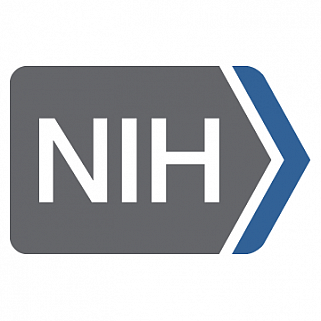Sequels are all the rage these days. I figure if Marvel can make endless “Avengers” movies, I could start making blog sequels. Back in the beginning of the year, I wrote Part I of this blog series about how NIH is working to implement the new NIH Data Management and Sharing Policy (DMS Policy). I mentioned at that time that additional resources were forthcoming.
I should note that when we started to receive comments on what was to become the NIH DMS Policy, one thing in particular stood out to us. Many commentors told us it would be helpful to have clear information on how to protect the privacy and respect the autonomy of participants when sharing data. Now, we all know that cliffhangers build anticipation, so without further delay, I want to share with you some of the tools NIH has been working on to answer that call.
First, if you have seen the Avengers movies, you likely will have noticed that they tend to introduce a new villain that the team needs to battle with either new tools (think of OSP with Thor’s Stormbreaker axe) or the help of new superheroes like Captain Marvel. While not exactly a new villain, the lack of consistent consent language to facilitate secondary research with data and biospecimens is certainly a challenge many of our stakeholders have raised and one that we thought we could help address.
NIH has a long history of developing consent language and, as such, our team worked across the agency – and with you! – to develop a new resource that shares best practices for developing informed consents to facilitate data/biospecimen storage and sharing for future use. It also provides modifiable sample language that investigators and IRBs can use to assist in the clear communication of potential risks and benefits associated with data/biospecimen storage and sharing. In developing this resource, we engaged with key federal partners, as well as scientific societies and associations. Importantly, we also considered the 102 comments from stakeholders in response to a RFI that we issued in 2021.
As for our second resource, we are requesting public comment on protecting the privacy of research participants when data is shared. I think I need to be upfront and acknowledge that we have issued many of these types of requests over the last several months and NIH understands the effort that folks take to thoughtfully respond. With that said, we think the research community will greatly benefit from this resource and we want to hear your thoughts on whether it hits the mark or needs adjustment.
When reviewing the document, please bear in mind that the main purpose is to provide researchers with information on:
- Operational Principles for Protecting Participant Privacy when Sharing Scientific Data
- Best Practices for Protecting Participant Privacy when Sharing Scientific Data
- Points to Consider for Designating Scientific Data for Controlled Access
Comments on the draft will be accepted until June 27, 2022, full information and how to submit a comment can be found here.
Finally, every sequel needs a twist ending! In November 2021, NIH published a request for comments on the future directions of the NIH Genomic Data Sharing Policy. We are still reviewing the many points and perspectives that were raised, but while we consider next steps, the comments we received are now available on the OSP website. Okay, so maybe that twist wasn’t as big as, say, Darth Vader revealing he is (spoiler alert) Luke’s father in The Empire Strikes Back, but it’s still pretty good for the science policy world.
With a little more than half a year left until the implementation date of the NIH DMS Policy, we will continue to provide updates and resources over the next several months.






